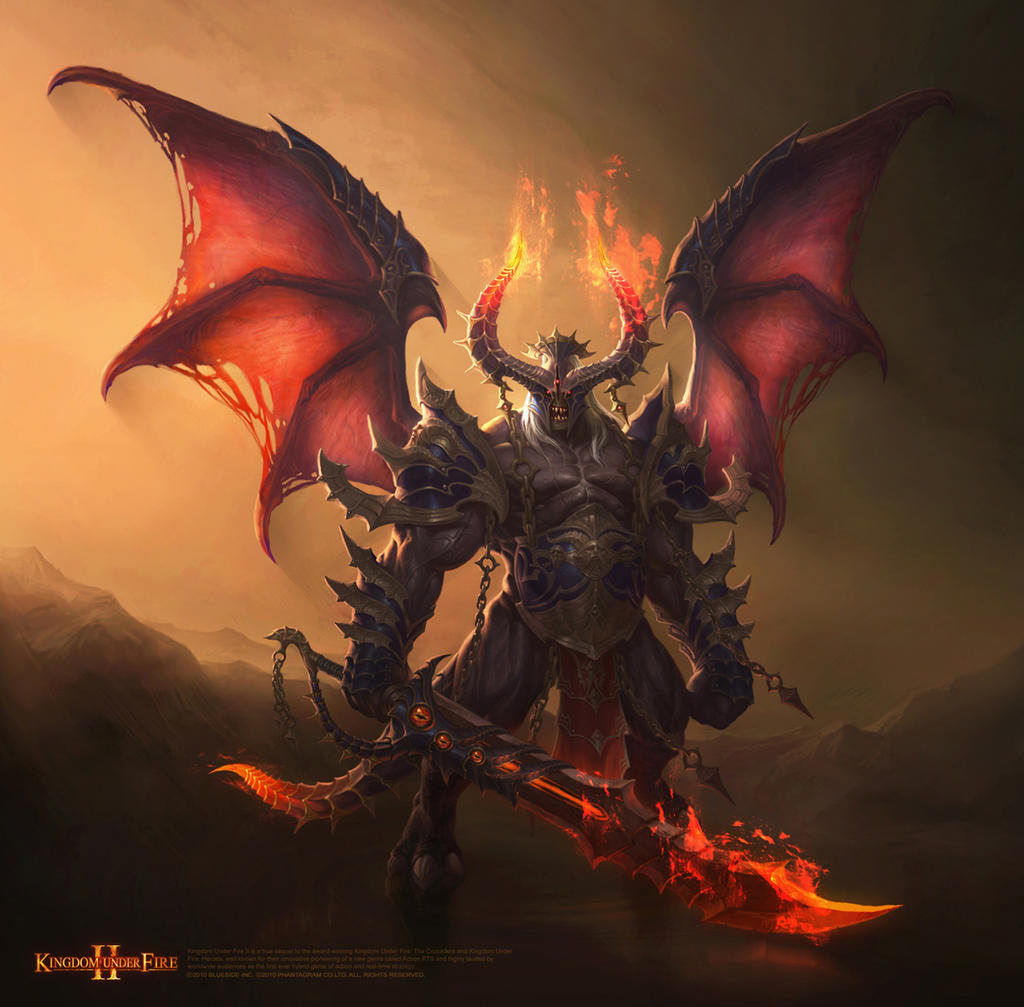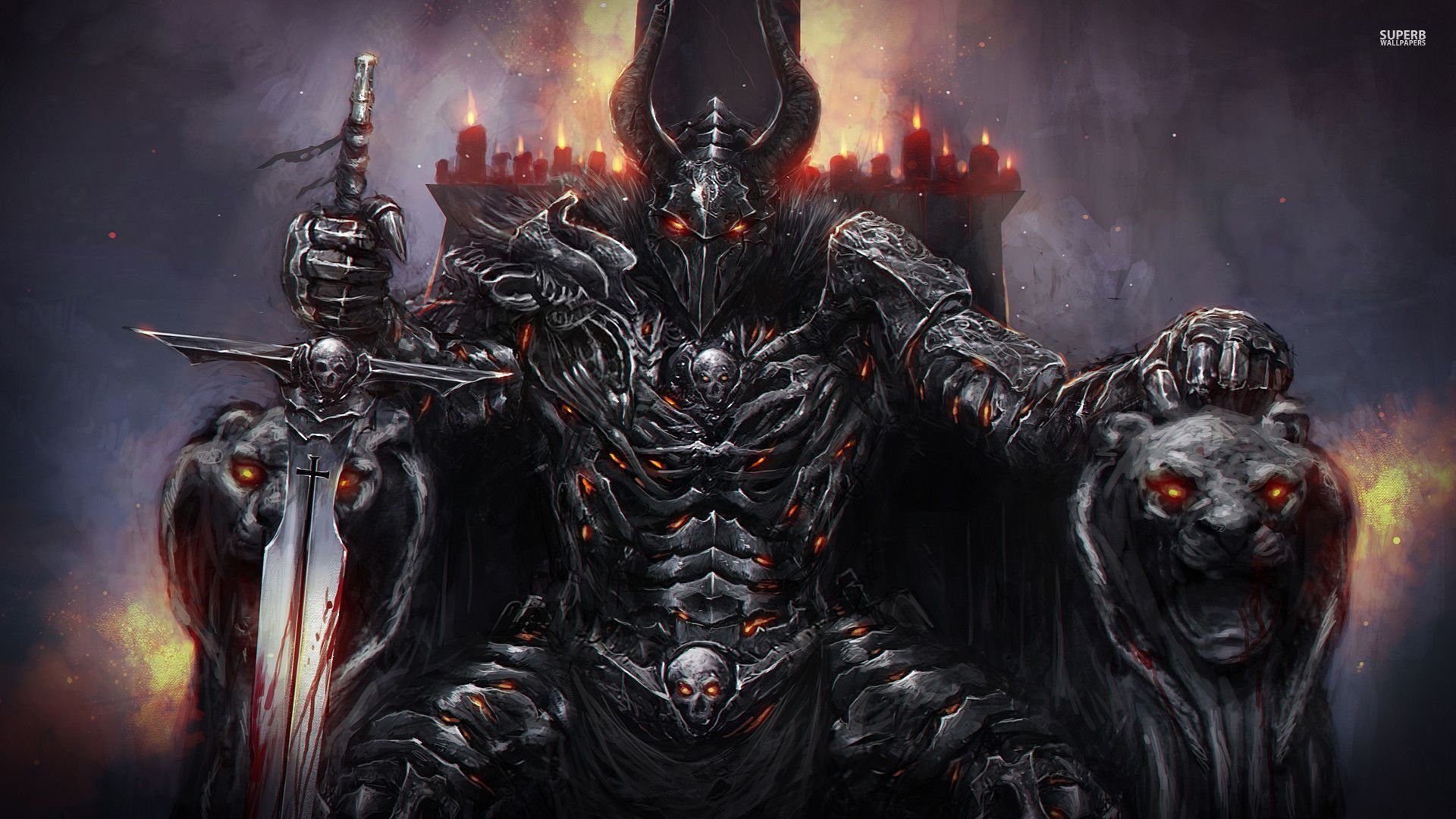Imagine looking at a loved one, a friend, or even a stranger, and seeing their face warp into something grotesque, distorted, or even terrifying. This isn't a scene from a horror movie; for a rare few, it's a daily reality. This profound and disturbing visual anomaly, often colloquially referred to as "demon face syndrome," is a genuine neurological condition known as prosopometamorphopsia, or PMO. It's a world where familiar features twist into frightening visages, transforming everyday interactions into a disquieting experience.
The term "demon faces" might conjure images of mythical beings or frightening masks, and indeed, the visual experience for those with PMO can be profoundly unsettling, resembling exaggerated or frightening features. However, it's crucial to understand that this phenomenon is not supernatural but a complex neurological disorder. It offers a unique, albeit challenging, window into how our brains process and interpret the intricate visual cues that make up a human face. This article delves deep into the reality of prosopometamorphopsia, exploring its symptoms, causes, impact, and the ongoing efforts to understand and manage this rare condition.
Table of Contents
- What is Prosopometamorphopsia (PMO)?
- The Disturbing Reality of "Demon Face Syndrome"
- Causes and Contributing Factors
- Diagnosis and Clinical Evaluation
- Living with PMO: Challenges and Coping Strategies
- Beyond the "Demon": Understanding Facial Recognition
- The Cultural Fascination with "Demon Faces"
- Hope and Future Directions in PMO Research
What is Prosopometamorphopsia (PMO)?
Prosopometamorphopsia, or PMO, is a rare and often bewildering neurological condition characterized by distorted visual perceptions of faces. Unlike other visual disturbances where objects might appear blurry or duplicated, PMO specifically targets faces, making them appear warped, discolored, or grotesquely altered. For an individual with PMO, a person's eyes might seem to bulge, their nose might appear elongated and twisted, or their mouth might stretch into a disturbing grin. These aren't hallucinations in the traditional sense; the individual knows they are looking at a real face, but their brain processes it in a profoundly altered way. The experience is internal to the viewer; the faces themselves are not physically changing. This is a crucial distinction: the condition does not affect the appearance of the person who has it; rather, it affects how they perceive others.
- Alexander James Caan
- Bill Gates Net Value
- Matt Rife Wife
- Kylie Jenner Bikini
- Cast Of Georgie And Mandys First Marriage
First described in medical literature in the late 20th century, PMO is still poorly understood. Its rarity means that many medical professionals may not be familiar with it, leading to potential misdiagnosis or a lack of understanding regarding the patient's distressing symptoms. The name "demon face syndrome" arose from the dramatic and often frightening nature of these facial distortions, which can indeed resemble exaggerated or demonic features. However, clinicians prefer the precise medical term, prosopometamorphopsia, to accurately describe the condition and avoid sensationalism or misinterpretations. This condition offers researchers a unique opportunity to understand the intricate mechanisms by which our visual systems typically process identifying characteristics, providing insights into the complex neural pathways involved in facial recognition.
The Disturbing Reality of "Demon Face Syndrome"
The experience of seeing "demon faces" is far from a mere visual trick; it's a deeply disturbing reality that can turn everyday social interactions into a living "horror movie." Imagine the profound distress of a parent seeing their child's face contort into something monstrous, or a spouse struggling to recognize their partner amidst a sea of distorted features. This isn't just about seeing strange images; it's about the fundamental disruption of one of humanity's most crucial social tools: facial recognition. The brain's inability to correctly process facial information leads to a constant state of visual unease, affecting every aspect of an individual's life.
How PMO Distorts Faces
The distortions experienced in PMO can vary significantly from person to person, and even within the same individual over time. Some might see faces with features that are stretched, shrunken, or shifted out of place. Others might perceive changes in texture, color, or even the overall expression, transforming a neutral face into one that appears angry, sad, or menacing. For instance, a man with PMO might describe seeing people's eyes bulging, their mouths unnaturally wide, or their noses disproportionately large. These are not static images but dynamic, perceived alterations that occur in real-time as the person looks at a face. The brain, for reasons not yet fully understood, misinterprets the visual signals it receives, leading to these grotesque or altered facial images. The specificity of the distortion to faces, while other objects remain normal, makes PMO a fascinating subject for neurological study.
The Psychological and Daily Impact
The profound visual distress caused by PMO inevitably leads to significant psychological and social challenges. Individuals often report feelings of isolation, anxiety, and even depression. The constant exposure to distorted "demon faces" can make social situations incredibly difficult, leading to avoidance of public places, withdrawal from friends and family, and a reluctance to engage in face-to-face interactions. The condition can severely affect mental health and daily life, as the very act of looking at another person becomes a source of discomfort or fear. Imagine trying to hold a conversation when the person you're speaking to appears to have a perpetually changing, monstrous visage. This can lead to misunderstandings, strained relationships, and a profound sense of loneliness. The psychological burden of living with PMO underscores the critical need for greater awareness, accurate diagnosis, and supportive therapeutic interventions.
Causes and Contributing Factors
The causes of "demon face syndrome," or more accurately, prosopometamorphopsia, are multifaceted and remain an active area of research. While no single definitive cause has been identified, clinicians and researchers have observed several factors that appear to be linked to the onset of the condition. Understanding these potential causes is crucial for both diagnosis and for developing effective management strategies. It's often a combination of neurological, and in some cases, psychological factors that contribute to this rare disorder.
Neurological Underpinnings
At its core, PMO is considered a neurological condition, meaning it originates from disruptions within the brain's complex visual processing centers. One of the most frequently cited associations for PMO is various forms of brain trauma. This can include:
- Head Injuries: Traumatic brain injuries (TBIs), even seemingly minor ones, can sometimes lead to the development of PMO, suggesting damage to specific areas involved in facial recognition.
- Strokes: Ischemic or hemorrhagic strokes that affect regions of the brain responsible for visual processing, particularly those in the temporal or occipital lobes, have been implicated.
- Brain Tumors: The presence of tumors that exert pressure on or infiltrate brain areas critical for facial perception can also trigger PMO.
- Epilepsy: Some cases of PMO have been linked to epileptic seizures, particularly those originating in the temporal lobe, suggesting a transient disruption of neural activity.
- Neurodegenerative Diseases: While less common, PMO has occasionally been observed in the context of certain neurodegenerative conditions, indicating a broader decline in cognitive and perceptual functions.
Environmental and Psychological Considerations
While the primary drivers of PMO are neurological, some researchers suggest that environmental and psychological factors might play a contributing or exacerbating role, particularly in cases where a clear neurological lesion isn't immediately apparent. It's important to note that these factors are less understood and are not considered primary causes in the same way neurological damage is. However, they are part of the broader picture of how a person experiences and copes with the condition:
- Stress and Anxiety: High levels of stress or anxiety can sometimes intensify perceptual distortions in other conditions, and it's hypothesized they might influence the severity or frequency of PMO symptoms in some individuals.
- Medication Side Effects: In very rare instances, certain medications might have side effects that impact visual processing, though this is not a common cause of PMO.
- Visual Environment: While not a cause, the visual environment can influence how PMO is experienced. For example, viewing faces in low light or from a distance might alter the perceived distortions.
Diagnosis and Clinical Evaluation
Diagnosing prosopometamorphopsia can be challenging due to its rarity and the subjective nature of the symptoms. Many individuals initially struggle to articulate what they are experiencing, fearing they might be perceived as delusional or hallucinating. The first thing to know about "demon face syndrome" is that clinicians don't use that term officially. The clinical name is prosopometamorphopsia, and accurate diagnosis relies on a comprehensive evaluation by neurological and ophthalmological specialists.
The diagnostic process typically involves:
- Detailed Patient History: A thorough discussion of the patient's symptoms, including when they started, how frequently they occur, and what specific distortions they perceive. It's crucial to differentiate PMO from other visual disturbances or psychiatric conditions.
- Neurological Examination: To assess brain function, reflexes, coordination, and sensory perception.
- Neuroimaging: Techniques such as Magnetic Resonance Imaging (MRI) or Computed Tomography (CT) scans of the brain are often performed to identify any underlying structural abnormalities, such as tumors, lesions from strokes, or areas of brain damage that might be responsible for the symptoms.
- Ophthalmological Examination: To rule out any eye-related issues that might be causing visual problems. PMO is a brain disorder, not an eye disorder.
- Neuropsychological Testing: To assess cognitive functions, including memory, attention, and other aspects of visual processing, which can help pinpoint the specific areas of dysfunction.
Living with PMO: Challenges and Coping Strategies
Living with prosopometamorphopsia presents unique and profound challenges that extend far beyond mere visual discomfort. The constant perception of "demon faces" can severely disrupt an individual's quality of life, impacting their social interactions, emotional well-being, and overall sense of normalcy. The world, for them, is populated by distorted visages, making simple acts like recognizing family members or engaging in public conversation fraught with difficulty.
One of the primary challenges is the profound emotional distress. Patients often experience anxiety, fear, and even revulsion when looking at others. This can lead to social isolation, as they may withdraw from situations where they have to interact face-to-face. Depression is also a common consequence, stemming from the feeling of being cut off from the world and the inability to experience normal human connection through facial recognition. The condition can also lead to misinterpretations of social cues; if a neutral face appears angry or menacing, it can lead to confusion and awkwardness in interactions.
While there is currently no specific cure for PMO, management often focuses on addressing the underlying cause if one can be identified (e.g., treating a brain tumor, managing epilepsy). For many, coping strategies become essential:
- Therapy and Counseling: Psychological support, such as cognitive-behavioral therapy (CBT), can help individuals cope with the emotional distress, anxiety, and depression associated with PMO. Learning coping mechanisms for social situations is also vital.
- Educating Others: Explaining the condition to close family and friends can foster understanding and empathy, reducing feelings of isolation and helping loved ones adapt their interactions.
- Focusing on Other Cues: Since only faces are affected, individuals can learn to rely more heavily on other identifying features, such as voice, gait, clothing, or body language, to recognize people.
- Environmental Adjustments: Sometimes, adjusting lighting or viewing distances can marginally reduce the intensity of distortions, though this varies greatly among individuals.
- Support Groups: Connecting with others who have rare conditions can provide a sense of community and shared experience, reducing feelings of loneliness and offering practical advice.
Beyond the "Demon": Understanding Facial Recognition
The study of prosopometamorphopsia, while focused on a distressing condition, offers invaluable insights into the brain's normal processes of facial recognition. For most people, recognizing faces is an effortless, instantaneous process. We can identify thousands of faces, distinguish subtle emotional expressions, and even recognize individuals from different angles or in varying light conditions. This remarkable ability is largely attributed to specialized areas in the brain, particularly in the fusiform gyrus, often referred to as the "fusiform face area" (FFA).
PMO demonstrates what happens when this intricate system goes awry. It highlights the brain's reliance on specific visual cues and the precise integration of information to construct a coherent perception of a face. When these pathways are disrupted, even slightly, the entire perception can collapse into distorted, "demon faces." Researchers studying PMO gain a unique opportunity to understand better how visual systems typically process identifying characteristics. By observing which features are distorted and how, scientists can map the neural pathways involved in processing different aspects of a face—eyes, nose, mouth, and their spatial relationships. This research not only helps those with PMO but also contributes to our broader understanding of conditions like prosopagnosia (face blindness), autism spectrum disorder (which can involve challenges with facial processing), and even the development of artificial intelligence for facial recognition.
The Cultural Fascination with "Demon Faces"
Beyond the clinical reality of prosopometamorphopsia, the concept of "demon faces" holds a powerful grip on human imagination and culture. From ancient mythology to modern horror films, distorted, grotesque, or demonic visages have been used to symbolize evil, fear, and the unknown. This cultural fascination is evident in the sheer volume of "demon face" imagery available online, with thousands of demon face images to choose from, and free high-resolution picture downloads readily accessible. A quick search reveals 3,869 demon face photos and images available, or options to search for demon face vector art, indicating a widespread interest in this aesthetic. There are even collections of top 53 demon face wallpapers and backgrounds available for download for free, for use as a background or home screen for smartphones or computers.
This cultural imagery, however, is distinct from the medical condition. While the visual experience of PMO patients might coincidentally resemble some of these artistic depictions, it's crucial not to conflate the two. The cultural "demon face" is often a deliberate artistic creation or a symbol, whereas the "demon faces" of PMO are an involuntary, distressing perceptual error. Even emojis reflect this cultural interest; the 😈 smiling face with horns (happy devil) emoji is a variant of the ☺️ smiling face emoji, usually depicted in violet color, with devil horns. This emoji is commonly used to represent someone's coolness, strength, or badass actions, as well as their desire to do something terrible. This lighthearted use of "devil" imagery further underscores the cultural distance from the severe reality of a neurological disorder. Understanding this distinction is vital to avoid trivializing the very real suffering of those with prosopometamorphopsia.
Hope and Future Directions in PMO Research
Despite its rarity and the challenges it presents, there is significant hope for individuals living with prosopometamorphopsia. As medical science advances, our understanding of the brain's complexities continues to grow. The unique insights provided by PMO patients are invaluable to researchers striving to unravel the mysteries of visual perception and neurological disorders. Every documented case, every detailed description of a "demon face" distortion, contributes to a larger body of knowledge that can eventually lead to better diagnostic tools and more effective treatments.
Future directions in PMO research are likely to focus on several key areas:
- Advanced Neuroimaging: Utilizing cutting-edge fMRI and DTI techniques to pinpoint the exact neural pathways and brain regions affected in PMO with greater precision.
- Genetic Research: Investigating whether there are any genetic predispositions or markers associated with the development of PMO, particularly in cases without clear brain trauma.
- Therapeutic Interventions: Exploring potential pharmacological treatments that might modulate brain activity to reduce distortions, or developing targeted neurorehabilitation strategies.
- Virtual Reality (VR) and Augmented Reality (AR): Using these technologies to simulate the PMO experience for researchers and clinicians, fostering greater empathy and understanding, and potentially even developing visual aids or training programs for patients.
- Public Awareness: Increasing awareness among the general public and medical community is paramount. The more people understand PMO, the less likely individuals will suffer in silence or be misdiagnosed.
The reality of "demon faces" is far more complex and poignant than any fictional horror. It is a testament to the intricate and often fragile nature of our brains, and a reminder of the profound impact neurological conditions can have on daily life. While the term "demon face syndrome" captures the terrifying essence of the visual experience, it is prosopometamorphopsia, a rare brain disorder, that truly defines this condition. By distinguishing between cultural imagery and clinical reality, and by fostering greater awareness and supporting scientific research, we can move closer to a future where those who see "demon faces" can find clarity, support, and perhaps, even a path to seeing the world as it truly is. Share this article to help spread awareness and understanding about this fascinating and challenging condition.
- Grown Up Cast
- Coming To America
- How Old Is Will Ferrell
- Christina Perri A Thousand Years
- Susan Lucci


